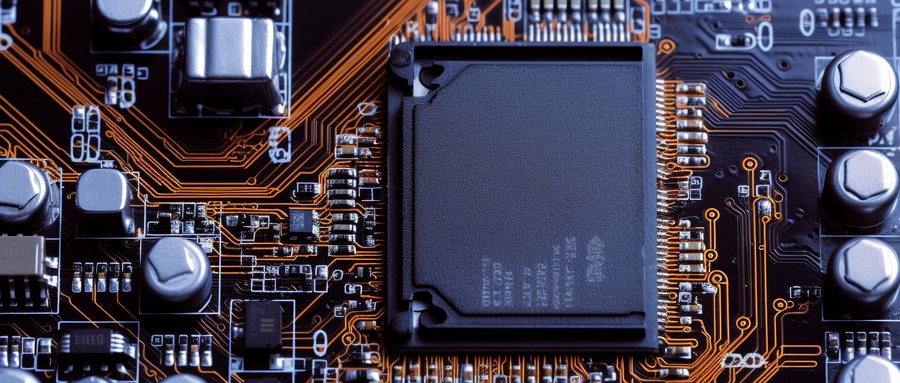PCB LED Illuminating Electronics: An In-Depth Exploration of PCB LED Technology
PCB LED technology is revolutionizing the world of electronics, offering new avenues for innovative design and energy-efficient applications. This intriguing technology serves myriad purposes, from simple device indicators to complex digital billboards. In this article, we will delve into an in-depth exploration of PCB LEDs, shedding light on their application, benefits, and selection criteria for optimum use.
Understanding PCB LED Technology
Printed Circuit Board (PCB) Light Emitting Diode (LED) technology involves embedding LEDs directly into a PCB. This combines the advantage of LED’s low energy consumption and long life with the efficiency, precision, and compactness of PCBs.
Applications of PCB LED Technology
From mere indicators in appliances to digital signages, and even lighting solutions, PCB LEDs have a wide range of applications across various industries. It’s the ubiquitous technology that powers our digital displays, traffic lights, and even medical devices.
Benefits of PCB LED Technology
- Durable: LEDs are tough, shock-resistant and have a long lifespan, typically lasting up to 50,000 hours.
- Energy Efficient: LEDs use significantly less power than traditional lighting solutions.
- Compact and Flexible: They offer designers flexibility due to their small size.
- Environment Friendly: LEDs have no mercury content, making them a greener choice.
Selecting the Right PCB LED for Your Project
When choosing a PCB LED, consider factors such as power requirements, color, brightness, size, and beam angle. Additionally, the choice between Surface Mount Devices (SMD) and Through-hole LEDs should be based on your project requirements.
Quick Tip: SMD LEDs are ideal for projects requiring high brightness and larger viewing angles, while Through-hole LEDs are perfect for simpler applications requiring lower brightness levels.
Incorporating PCB LED Into Your Designs
Incorporating LEDs into your PCB design requires careful planning. Attention should be given to arranging LEDs for uniform light distribution, proper heat management, and meeting the power requirements.

Conclusion: The Bright Future of PCB LED
Innovative, efficient, and versatile, PCB LED technology is reshaping our illuminated world, serving an ever-growing array of industries and applications. As the LED industry continues to advance, we can expect even more incredible applications and groundbreaking designs.
FAQ:
- What is a Printed Circuit Board LED?
A PCB (Printed Circuit Board) LED refers to an LED (Light Emitting Diode) that is mounted on a PCB. This setup allows for more functionality and control over individual LEDs, enabling complex lighting effects and enhanced efficiency. - What are the advantages of Printed Circuit Board LEDs?
PCBs can offer an enhanced lifespan, increased durability, and improved energy efficiency for LEDs. Because PCBs can dissipate heat more effectively than other substrates, they can keep LEDs cooler, thereby extending their life and reducing energy consumption. - Where are Printed Circuit Board LEDs commonly used?
Printed Circuit Board LEDs are versatile and can be found in numerous applications ranging from home and industrial lighting to automotive headlights, streetlights, traffic signals, backlighting in LCDs, signage, and more. - What different types of LED Printed Circuit Boards are available?
LED Printed Circuit Boards can come in different types depending on their structure and style. Some common types include single-sided, double-sided, and multi-layer PCBs. In addition, they can also come in rigid, flexible, and rigid-flex forms. - Are Printed Circuit Board LEDs easy to install?
Printed Circuit Board LEDs are typically easy to install but precautions must be taken to avoid any inadvertent damage during installation. Make sure to follow manufacturer instructions for best results. - Can Printed Circuit Board LED lights be dimmed?
Yes, Printed Circuit Board LED lights can be dimmed using appropriate circuits or dimmer switches. The exact process might depend on the specific LED and control circuit used. - How are Printed Circuit Board LEDs powered?
Printed Circuit Board LEDs require a power supply to function. They typically run on low voltage DC power. However, they can also be powered by main supply voltage when a proper resistor is used to reduce the voltage to an appropriate level. - How long do PCB LEDs usually last?
The lifespan of a PCB LED can vary based on several factors such as the quality of the LED, its operating conditions, and how well it is maintained. However, high quality LEDs can often last for up to 50,000 hours or more. - Are PCB LEDs environmentally friendly?
Yes, PCB LEDs are typically more environmentally friendly compared to traditional lighting solutions. They consume less power, waste less heat, and have a longer lifespan, all of which contribute to their eco-friendliness. - Can I create a custom PCB LED?
Yes, it is possible to create a custom PCB LED. You would need to design your PCB and select the appropriate LEDs that meet your specific requirements. It is quite a complex process though, requiring knowledge in electronics and PCB design.























